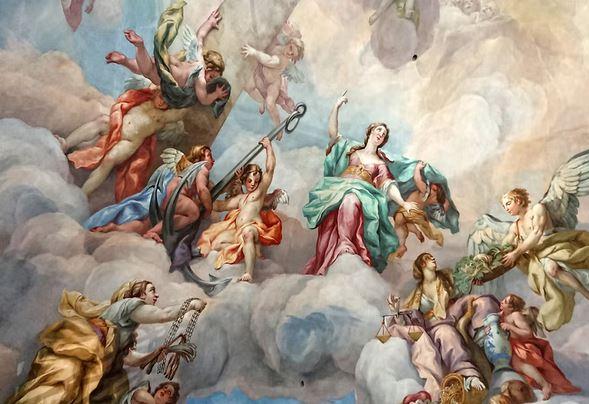
🌌 What Is Symbolism?
Symbolism is when something represents more than just itself — it points to a deeper idea, emotion, or truth.
Symbol = A visible thing that stands for an invisible idea.
🧠 Simple Examples:
-
A heart ❤️ → love or emotion
-
A dove 🕊️ → peace or the Holy Spirit
-
A crown 👑 → power, authority, kingship
-
A tree 🌳 → life, growth, or connection between earth and heaven
-
A mirror 🪞 → self-reflection or truth
These are universal symbols because people across different cultures tend to associate them with the same things.
🎨 In Art & Literature
Symbolism is HUGE in poetry, stories, and visual art. Instead of saying something directly, artists or writers use symbols to evoke emotions or layers of meaning.
Example:
A wilting flower in a poem might not just be a plant — it could symbolize fading beauty, lost love, or even death.
🧘♀️ In Spiritual Systems
Symbolism becomes even more intense in mystical, religious, and esoteric traditions. That’s where you get:
-
Alchemical symbols 🔁 (e.g. gold = perfection of the soul)
-
Tarot cards 🃏 (The Tower = chaos before renewal)
-
Jung’s archetypes (like The Shadow, The Hero, The Mother)
-
Swedenborg’s correspondences (outer objects = inner spiritual truths)
🪐 Why Symbolism Matters
Symbols connect the visible and invisible — they’re bridges between:
-
Outer experience and inner meaning
-
Body and soul
-
Earthly things and spiritual realities
That’s why mystics, poets, and even therapists use symbolic language. It speaks directly to the subconscious.

